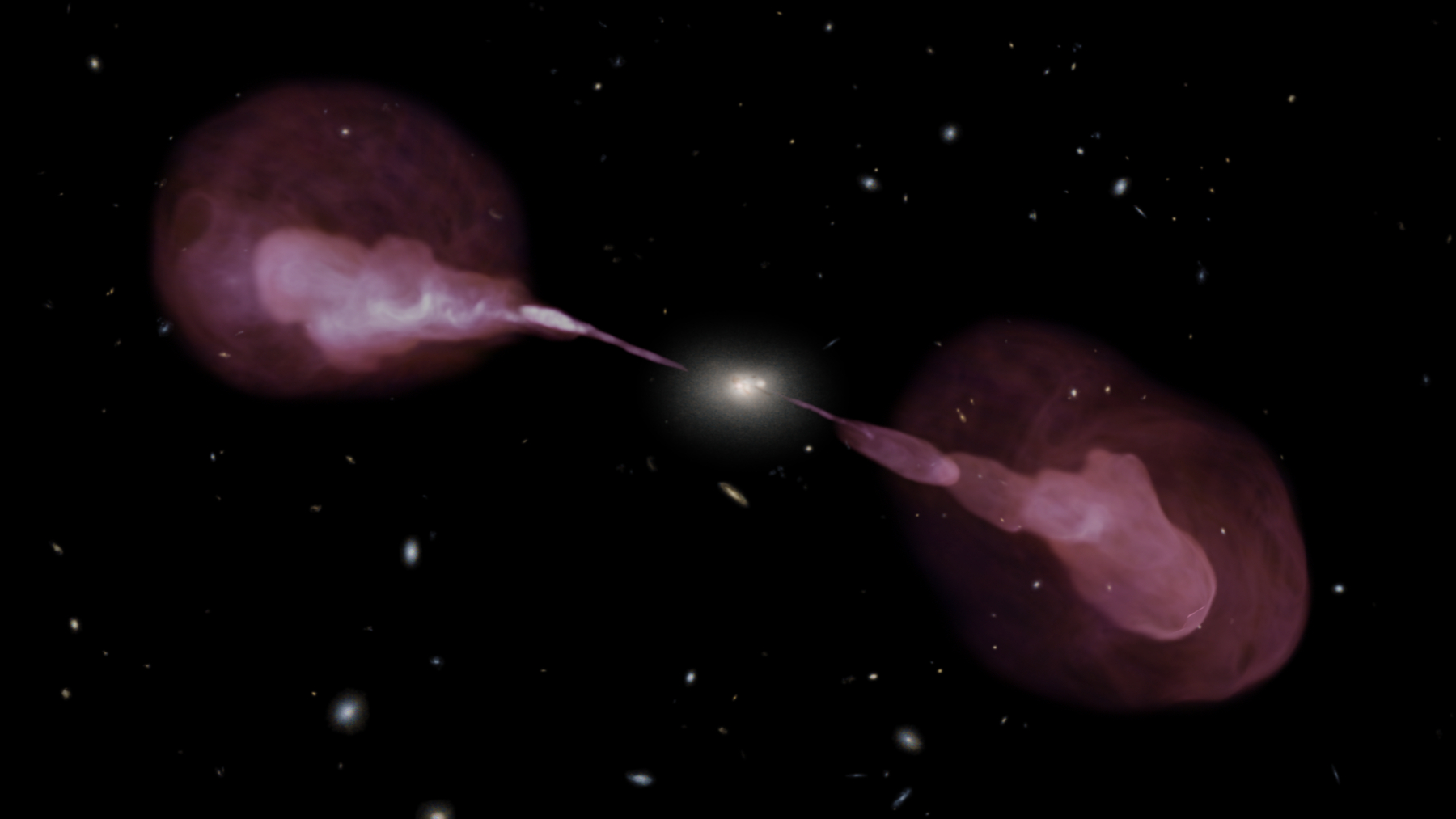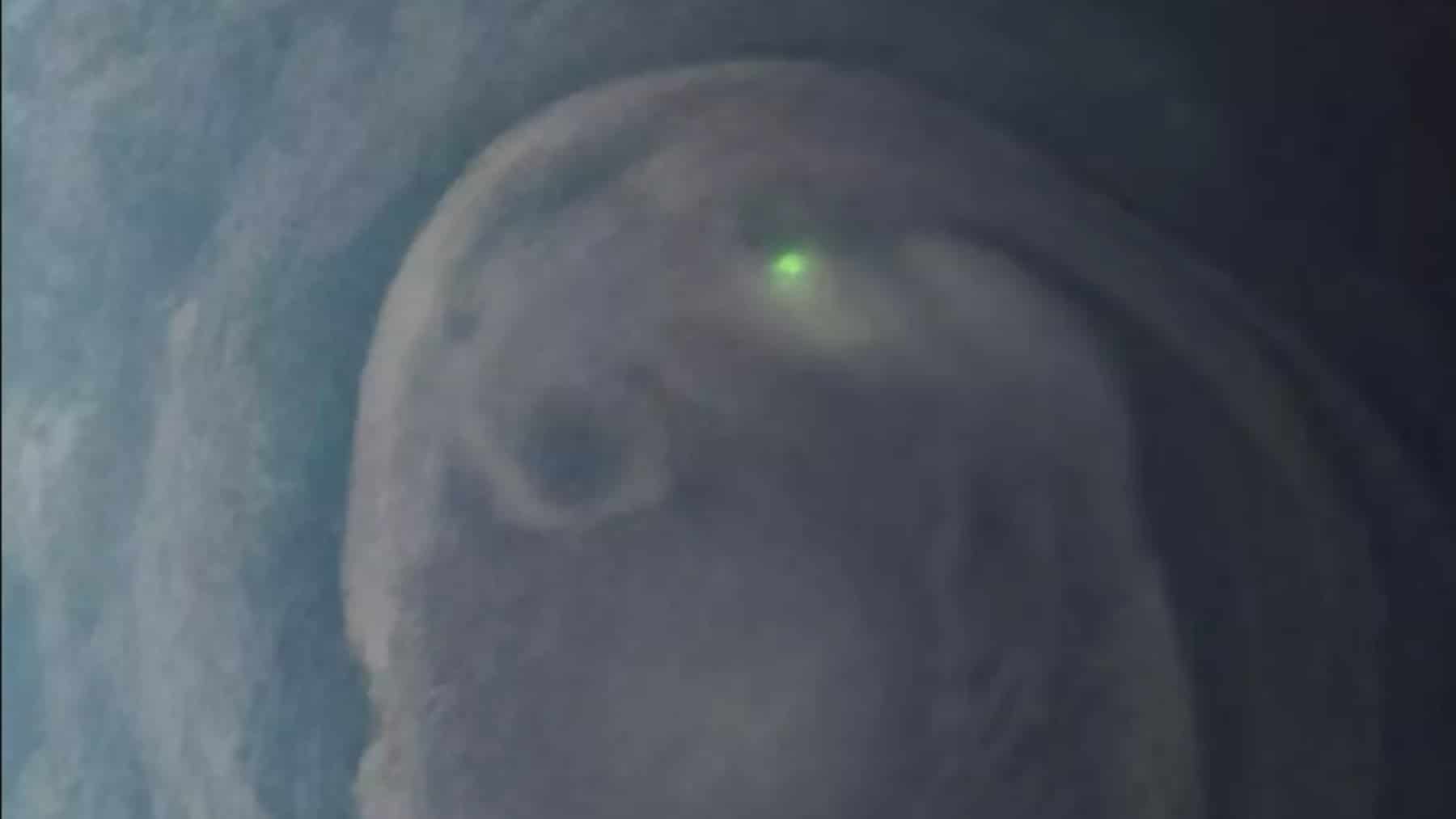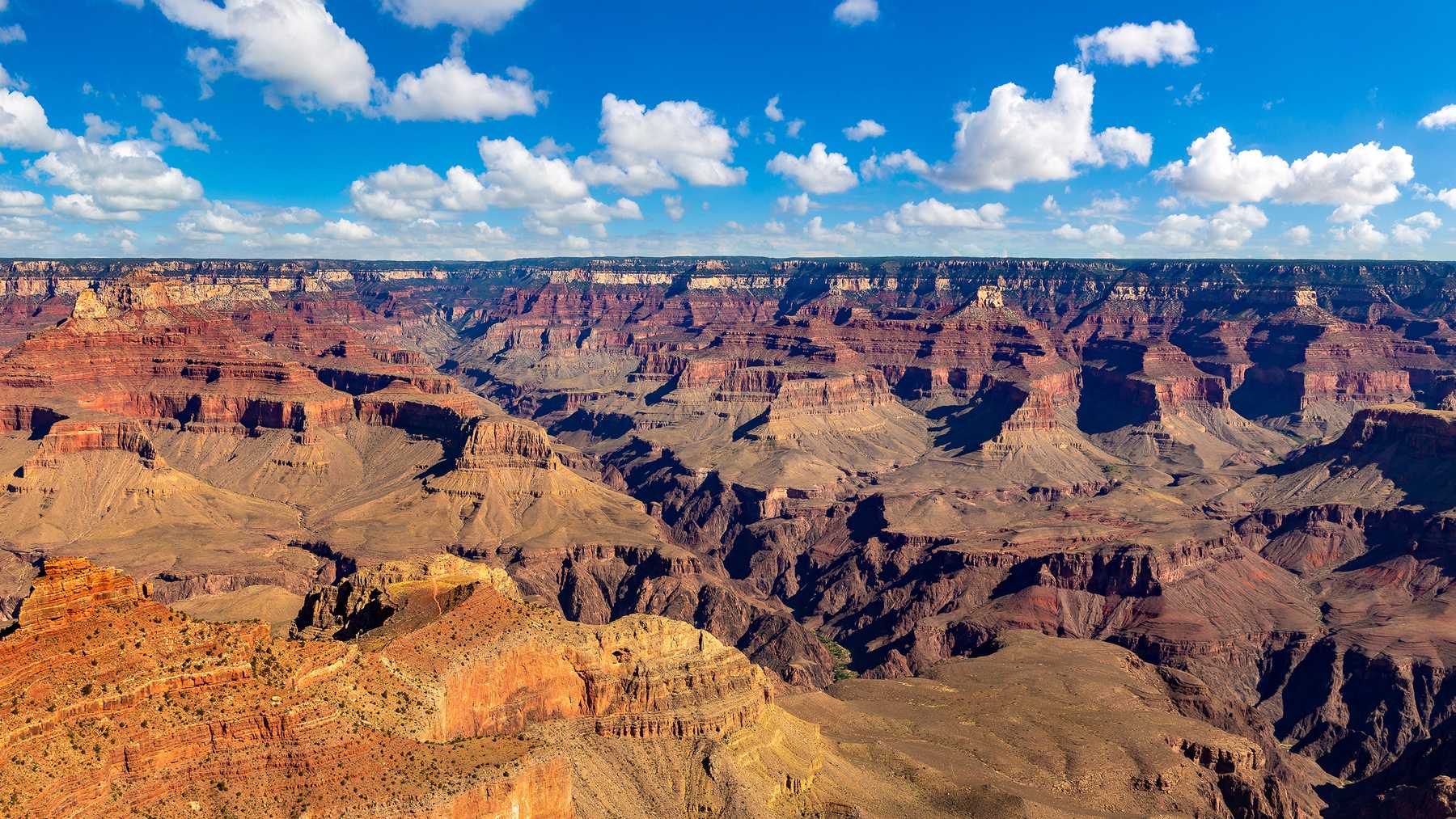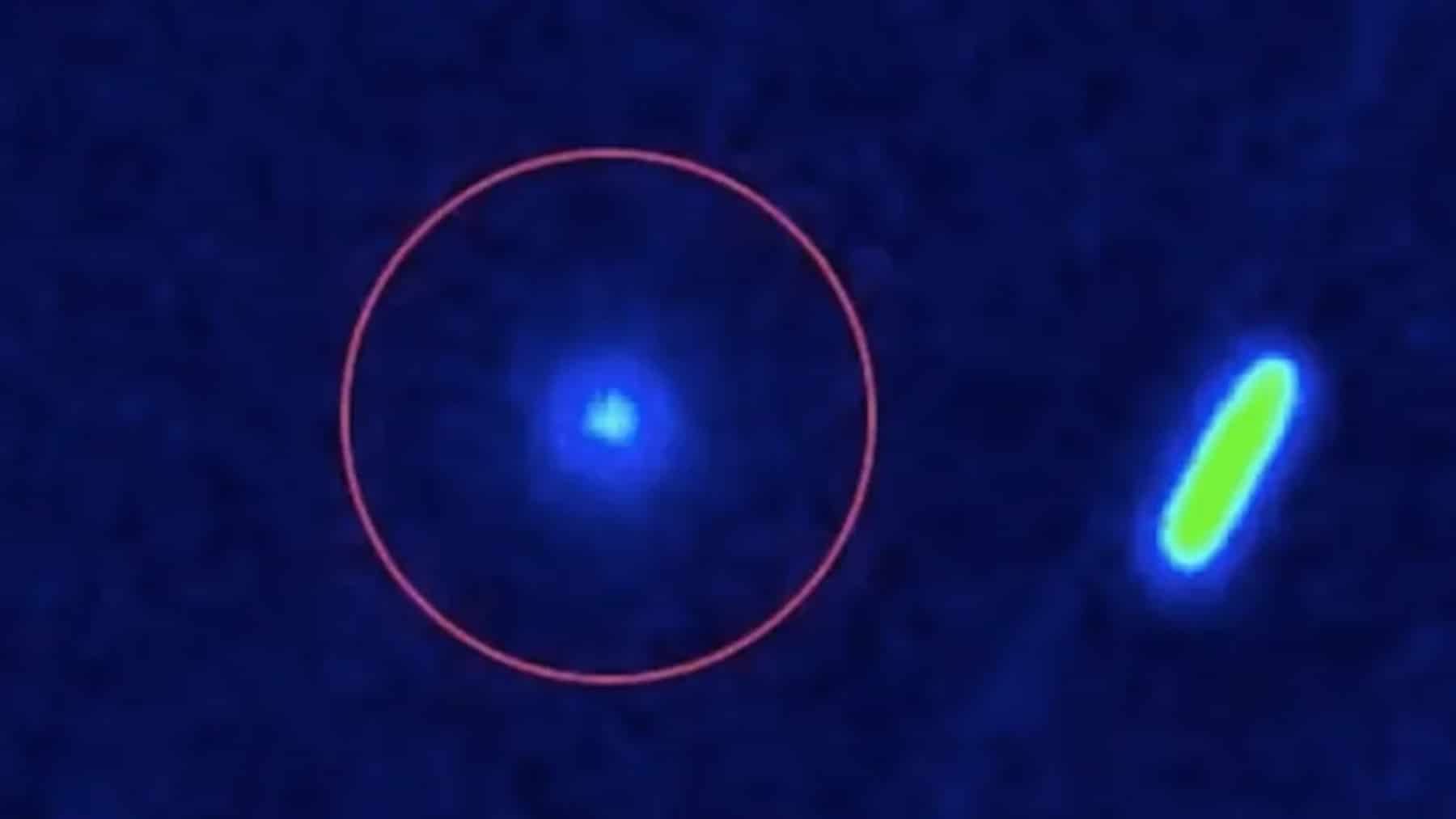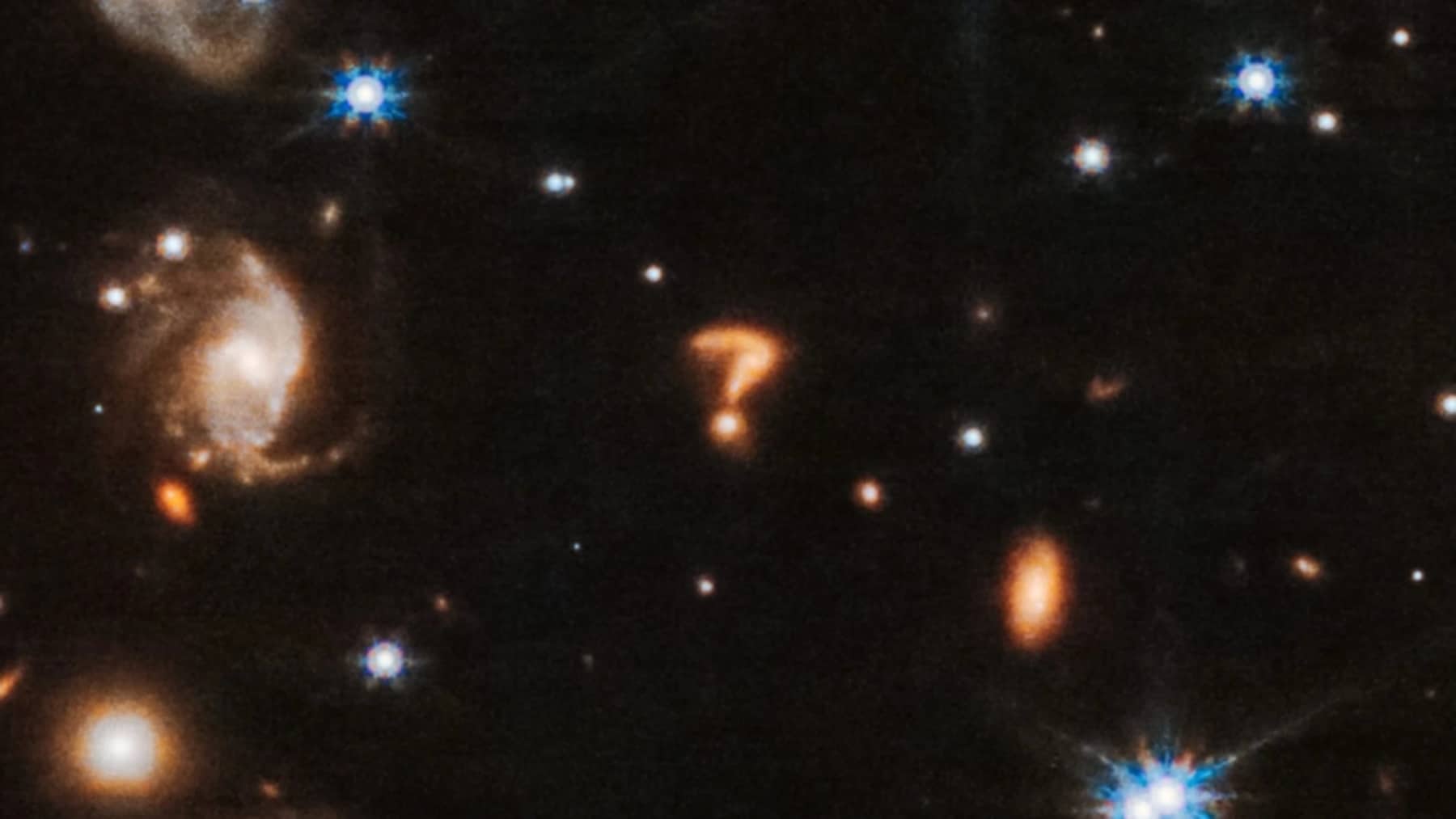Five million years ago, cold gas was thrown into intergalactic space due to a massive eruption from the supermassive black hole in NGC 4945. This galaxy is in Centaurus, is 13 million light-years away, and is an important case study in active starburst galaxies for insight into galaxy formation and evolution. The team at NASA using telescopes like XMM-Newton and Chandra have discovered evidence that shows the great effect black holes have on their environment.
The black hole in the core of NGC 4945
At the center of NGC 4945, it is found the active galactic nucleus (AGN) associated to a black hole of an equivalent mass of 1.6 million suns. An AGN is fused with a steady flow of matter because of a supermassive black hole that sucks in everything around it.
The energy generated by this “feeding frenzy” is so high that it would even overshadow the luminescence of all the stars within the given galaxy. In fact, NGC 4945 is anything else, as it bears evidence of a strong activity by the black hole covered by a thick torus of gas and dust that looks to swallow most of the brilliance.
Nonetheless, this does not stop the AGN from creating tremendous winds and jets of fast-moving particles. Directed by magnetic fields, the jets are thousands of light-years long and would have a tremendous impact on the galaxy’s shape.
The event that puzzled this form of the galaxy sent a swift jet of particles into the plane of the galaxy and drew just such a super-wind that pushes cold gas out of the confines of the galaxy, but it probably also triggered the starburst phase that the galaxy (just like this one which has found something historic) is witnessing-the phase during which stars are created in numbers lifted to 18 suns per year (about at least three times the rate for the Milky Way).
Outbursts of black holes affect galaxies more than normal
The most revolutionary finding made in NGC 4945 was the discovery of the iron K-alpha line-associated with a high energy light reflecting from the black hole that has interacted with cold gas. In contrast to other galaxies, this line was traced to distances well beyond the reach of any other galaxy-from around to 32,000 light-years along the galactic plane to 16,000 light-years across its tilted axis.
These observations have uncovered a wonderful galactic fossil-relic of the black hole’s outburst. The cold gas illuminated by the iron line is supposed to be remnants of the particle jet, still being propelled by the long-term effects of the ancient explosion.
The shocking scale of the iron K-alpha line raises difficulties for all current assumptions and postulates that the black hole jets can affect far more of the galaxy than expected. The study conclusively negated other possible origins of these gas clouds, such as binary systems, and hence pointed towards a black hole as their source. It further reinforces the developing screen showcasing the contribution of black holes in controlling star formation and long-term evolution in galaxies.
How black hole activity could deplete cool gas and terminate the period of starburst in NGC 4945
As continued observation of NGC 4945, scientists would tend to speculate on how the activity of the black hole would one day deplete cool gas reserves in the galaxy and hence quench the starburst phase, which would certainly spell doom for the period of intense star formation in NGC 4945, leading into a much quieter phase of galactic life.
Research director Kimberly Weaver points out that “the main reason to study this galaxy is that it happens to be nearby and therefore provides an amazing opportunity for really understanding black holes in relation to star formation.” A time series analysis allows them to comprehend the way these models shift as the galaxy collectively evolves.
At the eruption event of its supermassive black hole (such as this one which has exploded in front of Earth), NGC 4945 gave birth to a new world in its place, in terms of star formation and cold gas spreading. Using XMM-Newton and Chandra, it is possible for scientists to discover how these events cause galaxies to transform while extending human knowledge around the universe.
